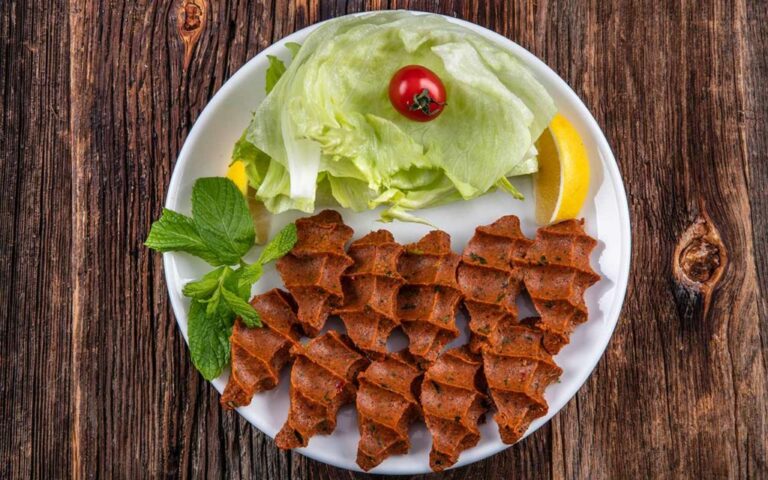Introduction: Armenian cuisine and its spice blends
Armenian cuisine is characterized by its rich flavors and diverse ingredients. It is a fusion of various culinary cultures that have influenced the country throughout its history. One of the key components of Armenian cooking is the use of spice blends, which add depth and complexity to dishes. These blends have been passed down through generations and are an integral part of Armenian culinary tradition.
The role of spice blends in Armenian cooking
Armenian spice blends are used to enhance the flavors of dishes and bring out the natural tastes of ingredients. They are often used in marinades, rubs, and sauces, as well as in soups, stews, and meat dishes. Armenian spice blends are made with a variety of herbs and spices, including cumin, coriander, paprika, garlic, and mint. Each blend has a unique flavor profile that complements different types of dishes.
Adana kebab spice blend: a staple in Armenian cuisine
Adana kebab is a popular Armenian dish made with ground lamb or beef. The spice blend used in this dish is a combination of red pepper flakes, cumin, sumac, and paprika. This blend adds a spicy and smoky flavor to the meat, which is then grilled over an open flame. Adana kebab is usually served with flatbread and a side of yogurt sauce.
Harissa spice blend: a flavorful addition to soups and stews
Harissa is a spice blend that is commonly used in Armenian soups and stews. It is made with a combination of red pepper flakes, cumin, coriander, and garlic. This blend adds a warm and slightly spicy flavor to dishes, which is especially comforting during the colder months. Harissa is also used as a condiment to flavor sandwiches and wraps.
Ras el Hanout: a complex blend used in meat dishes
Ras el Hanout is a complex spice blend that is often used in Armenian meat dishes. It is made with a combination of cinnamon, cumin, coriander, paprika, and turmeric, among other spices. This blend adds a rich and aromatic flavor to meat, which is then slow-cooked to allow the flavors to infuse. Ras el Hanout is a staple in Moroccan and Tunisian cuisine, but it is also commonly used in Armenian cooking.
Za’atar: a versatile blend of herbs and spices
Za’atar is a versatile spice blend that is used in Armenian and Middle Eastern cuisine. It is made with a combination of dried thyme, oregano, sesame seeds, and sumac. This blend is often mixed with olive oil to make a dip for bread or spread on flatbread. Za’atar is also used as a seasoning for meats, vegetables, and salads.
Baharat: a blend of warming and aromatic spices
Baharat is a spice blend that is commonly used in Armenian and Middle Eastern cuisine. It is made with a combination of cinnamon, cumin, coriander, paprika, and cardamom. This blend adds a warm and aromatic flavor to dishes, which is especially comforting during the colder months. Baharat is used in meat dishes, soups, and stews, as well as in rice and vegetable dishes.
Sumac: a tangy spice used in salads and dips
Sumac is a tangy spice that is commonly used in Armenian and Middle Eastern cuisine. It is made from dried and ground sumac berries, which have a sour and slightly fruity flavor. Sumac is often used as a seasoning for salads, dips, and marinades. It is also used as a condiment to sprinkle on top of grilled meat or fish.
Conclusion: exploring Armenian spice blends
Armenian cuisine is a treasure trove of flavors and spices. The use of spice blends has been a longstanding tradition in Armenian cooking, and each blend has a unique flavor profile that complements different types of dishes. From Adana kebab to za’atar, Armenian spice blends add depth and complexity to dishes and are a testament to the culinary heritage of the country.

